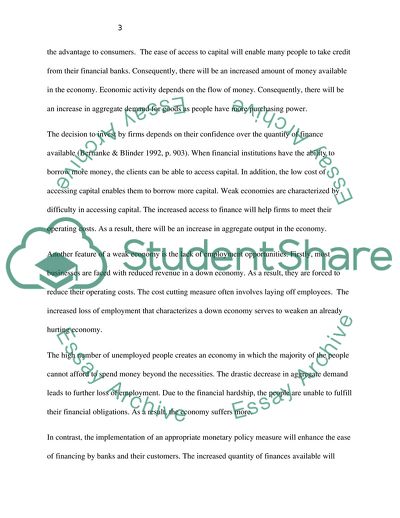Cite this document
(Macroeconomic Policy and Financial Markets Research Paper, n.d.)
Macroeconomic Policy and Financial Markets Research Paper. https://studentshare.org/macro-microeconomics/1837379-macroeconomic-policy-and-financial-markets
Macroeconomic Policy and Financial Markets Research Paper. https://studentshare.org/macro-microeconomics/1837379-macroeconomic-policy-and-financial-markets
(Macroeconomic Policy and Financial Markets Research Paper)
Macroeconomic Policy and Financial Markets Research Paper. https://studentshare.org/macro-microeconomics/1837379-macroeconomic-policy-and-financial-markets.
Macroeconomic Policy and Financial Markets Research Paper. https://studentshare.org/macro-microeconomics/1837379-macroeconomic-policy-and-financial-markets.
“Macroeconomic Policy and Financial Markets Research Paper”. https://studentshare.org/macro-microeconomics/1837379-macroeconomic-policy-and-financial-markets.


